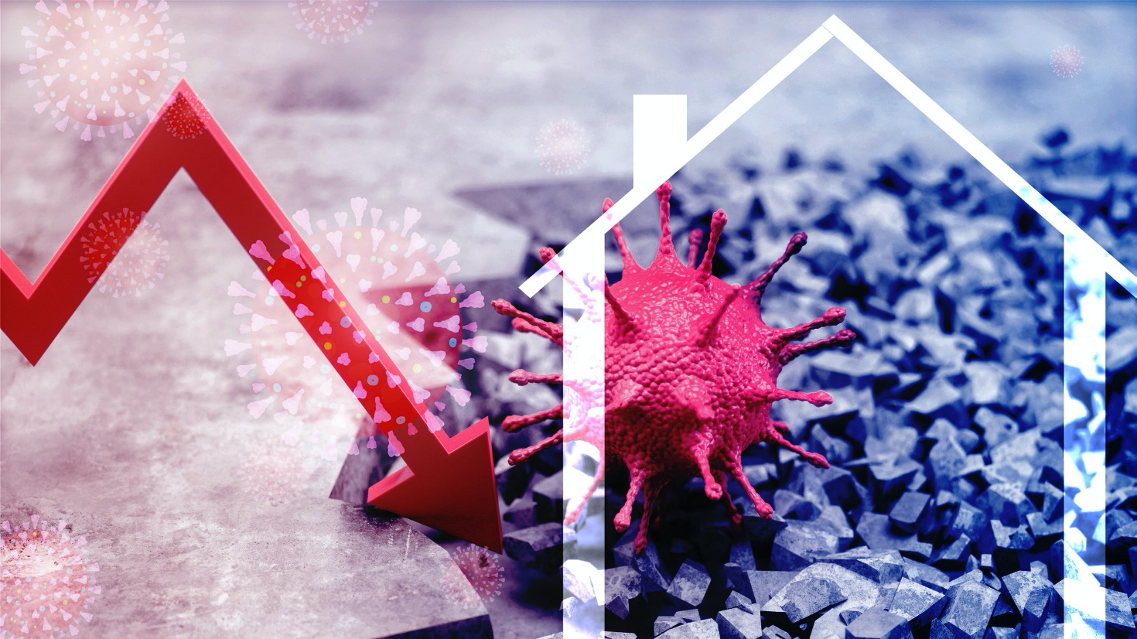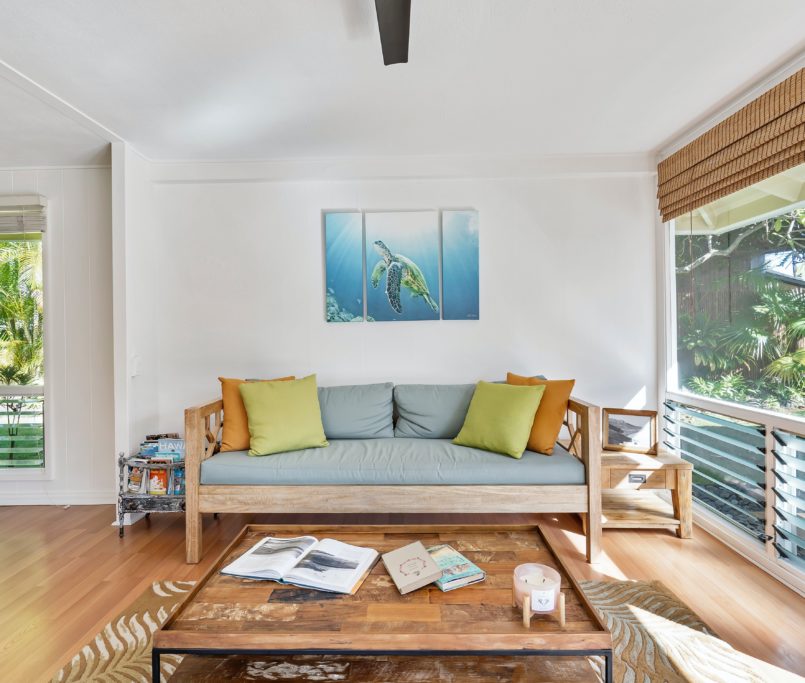The booming housing market has been a bright spot for a U.S. economy shaken by the Covid-19 pandemic.
Despite mounting job losses and bankruptcies in industries battered by social distancing, home sales have been on fire across the U.S., with Americans racing to gobble up larger properties in the suburbs, with room for remote school and home offices.
The fuel has been historically low mortgages rates, which have been held down by the Federal Reserve’s efforts to stimulate the economy. After two decades when urban living was in vogue, the massive millennial generation is aging into home ownership during quarantine and the intense demand for property has met record-low inventory in 2020 to send prices surging.
Important Numbers
$315,000 – median price of a single-family home in the U.S.
2.73% – Freddie Mac 30-year fixed rate in mid-February
842,000 – number of existing homes sold in the U.S. in 2020, the most since 2006
Why It Matters
The question now is whether it can last. The rollout of vaccines is stoking hopes for an economic rebound that could push mortgage rates higher and erode buying power for first-time home buyers or families looking for more space. Plus, there just isn’t much to buy.
Decades of sluggish building has a left a generational shortage of inventory, while older empty nesters who might typically downsize have been wary of trying to sell suburban homes in a pandemic.
All of that is fueling a looming affordability crisis that threatens the historic housing rally.
More Stability
U.S. home values provide steadier growth compared with fluctuations in stocks

















